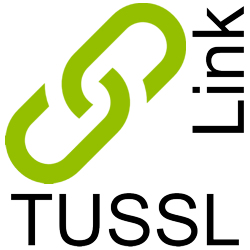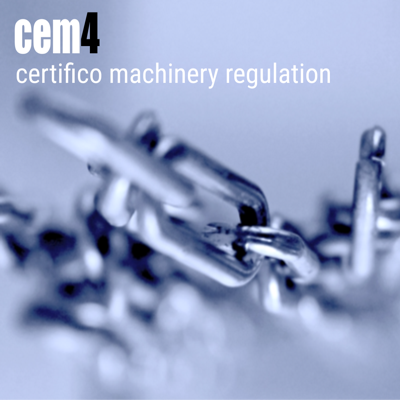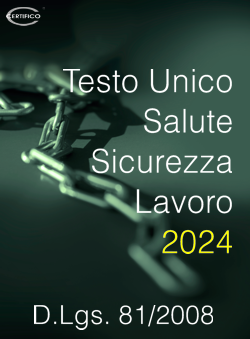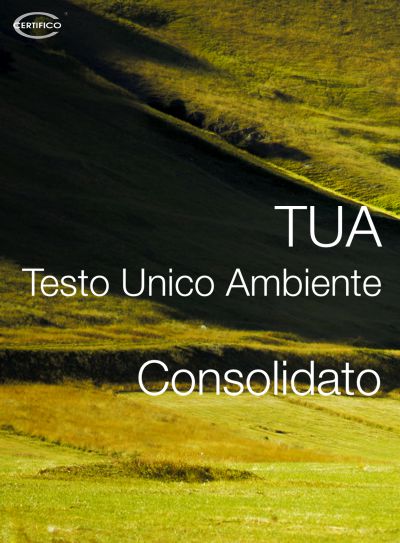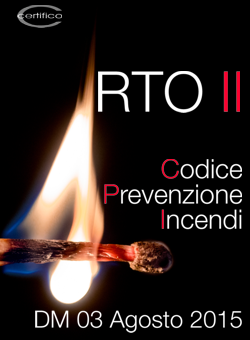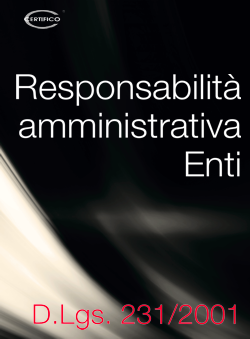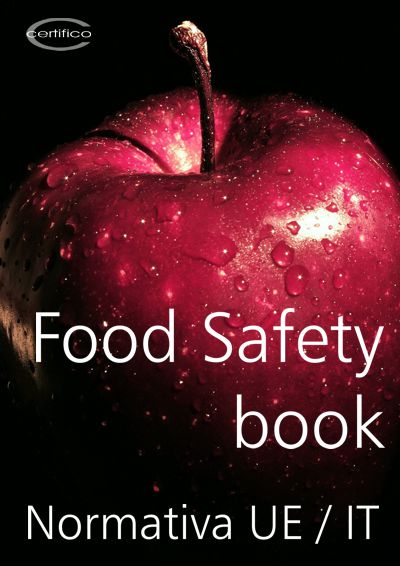Preparing for ISO 17305: Rockwell Automation news
| ID 923 | | Visite: 17183 | Documenti Estratti Norme | Permalink: https://www.certifico.com/id/923 |

Preparing for ISO 17305
Industrial Compliance reports on the countdown to ISO 17305, which will bring a single global safety standard far machinery control systems
The adoption target for IEC/ISO 17305 is 2016 and this will herald the merger of the existing two standards that currently deal with the safety of machinery control systems ISO 13849 and IEC 62061.
It is expected that there will then be a further with two years transition period.
IEC 62061 currently deals with electrical, electronic and programmable electronic control systems, while EN ISO 13849 applies to systems with various types of technology, including electrical, hydraulic, pneumatic and mechanical systems.
Some OEMs, especially those located outside Europe, have questioned the need for, and the relevance of, a merger to create a global safety standard for machinery control systems.
Understandably, many OEMs also have a keen interest in confirming that the potential gains from the merger justify climbing what might appear to be another standards mountain.
"Industry is steering a course towards an optimised global standard"
These gains, for example, could include capitalising on advanced technologies and eliminating technical barriers in global trade.
Rockwell Automation believes that OEMs should be optimistic about the development.
The merger to create IECIISO 17305 signals the summit, in terms of challenges related to global machinery safety control standards. It does not believe that the basic methodology and essential requirements introduced in ISO 13849 and IEC 62061 will require any significant alterations and unifying them should simply combine the best achievements from both, simplifying and making a single, more user-friendly standard.
It may also resolve some known issues and grey areas that have been identified during the last six years of using the two existing standards.
Having navigated the previous safety standard migration will be a useful preparation for adopting IEC/ISO 17305.
With the EN 954-1 to EN ISO 13849-1 experience in hand, OEMs will find the next transition a more manageable leap.
It will be possible to make use of any lessons learned from continued use of the existing ISO and IEC standards to streamline the transition.
Growing adopt ion across the world of the ISO and IEC standards that superseded EN 954-1 at the end of 2011 is validating that prediction.
The new generation of complex electronic and programmable safety automation technology exceeds the ability of the relatively simple and semiprescriptive EN 954-1, which essentially provided guidance on control system structure. The newer, more comprehensive functional safety standards enable confident use of new technology by requiring designers to assess all aspects relevant to the longterm reliability of safety components.
More rigorous documentation requirements, combined with a quantitative calculation for assessing reliability, increases the complexity.
But those types of trade-ups resulted in a methodical approach that is helping OEMs develop safer machinery, using standards that allow the use of contemporary technology and can be used to show compliance across global markets -with more predictable performance, greater reliability and availability, and improved return on investment.
Reasons for an OEM to take a wait and see position on IEC/ISO 17305 are becoming harder to find.
The most obvious indicator that a unified standard will emerge is the approaching end of development activity on ISO 13849 and IEC 62061 as separate standards.
Other indicators for a global standard
The IEC/ISO 17305 preliminary planning process has already started , and drafting will begin in 2013.
ISO and IEC are also relevant to US machinery and equipment building.
There is one particularly compelling, mainstream precedent on this topic.
ISO 12100 is a basic principle machinery safety standard providing a best practice framework to identify risk and eliminate hazards during the design stage.
It demonstrates forcefully that what have been perceived as 'European standards' are truly international.
Not only is ISO 12100 a consensus standard in the United States, but some of its major influences are provided by US OEMs, machinery users and safety device manufacturers.
Further, many national standards already have provisions in common with the equivalent ISO and IEC versions.
An increasing number of regions are adopting ISO and IEC standards as national standards.
Consider a US manufacturer selling to China and the European Union, or a China-based company exporting to the United States.
The different standards that come into play-from ULand ANSI to EN and GB - might appear to be silo creating guidelines that complicate life for global exporters and importers a like.
But current standards are often similar. Sometimes up to 90% similar from one to the next.
What arc the most frequent commonalities? Predictably, they share significant elements with ISO and IEC standards.
Today’s system complexity and data demands mean that safety functions are often not a simple case of switching off the power.
Safety-capable logic that enables intelligent safely operations is just one example of the flexible, advanced functionality requiring greater provisions against mistakes and faults.
The increased complexity and requirements for reliability calculations did create some understandable frustrations, not least a lack of data.
However, in many cases this issue has now been resolved.
There is no point in delaying, hoping that the complexity will disappear.
It will not.
Understanding the existing ISO 13849 and IEC 62061 will also allow for easier transition to IEC/ISO 17305.
Conclusion
Global trade requires global standards.
The IEC/ISO 17305 is scheduled to publish by 2016 and the intervening time between now and then would be best spent getting familiar with ISO 13849 and IEC 62061 foundations.
Organisations familiar with the two standards should be very comfortable with the content of the unified standard.
The merger process is not expected to introduce any significantly different requirements, instead it will clarify and simplify.
Industry is steering a course towards an optimised global standard that will help OEMs buildsafer, higher performing and internationally competitive machinery while helping to take cost out of the multinational safety-compliance process.
Work Plan ISO 17305
- 1 st meeting Paris, FR, Fall 2011
- 2nd meeting London, UK, Spring 2012
- 3rd meeting Paris, FR, Fall 2012
- 4th meeting Senlis, FR, Spring 2013
- 5th meeting Las Vegas, US Fall 2013
- 6th meeting Tokyo, JP, Spring 2014
- 7th meeting Frankfurt, DE Fall 2014
- 1st Committee Draft (CD) Winter 2015
- 2nd CD (if needed) Winter 2016
- Draft International Standard (DIS) 2017
- Publication 2018
Rockwell Automation
www.rockwellautomation.com








































